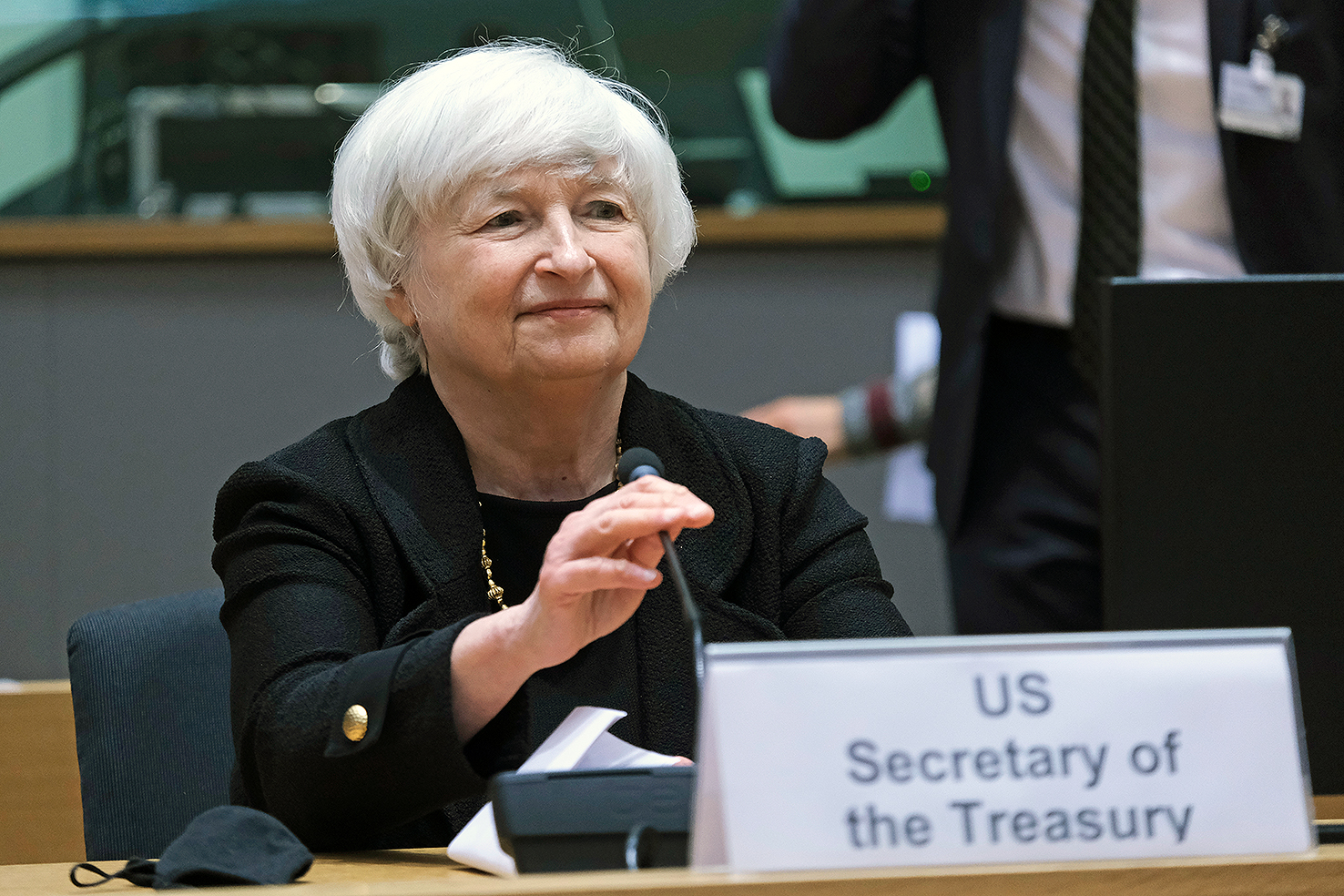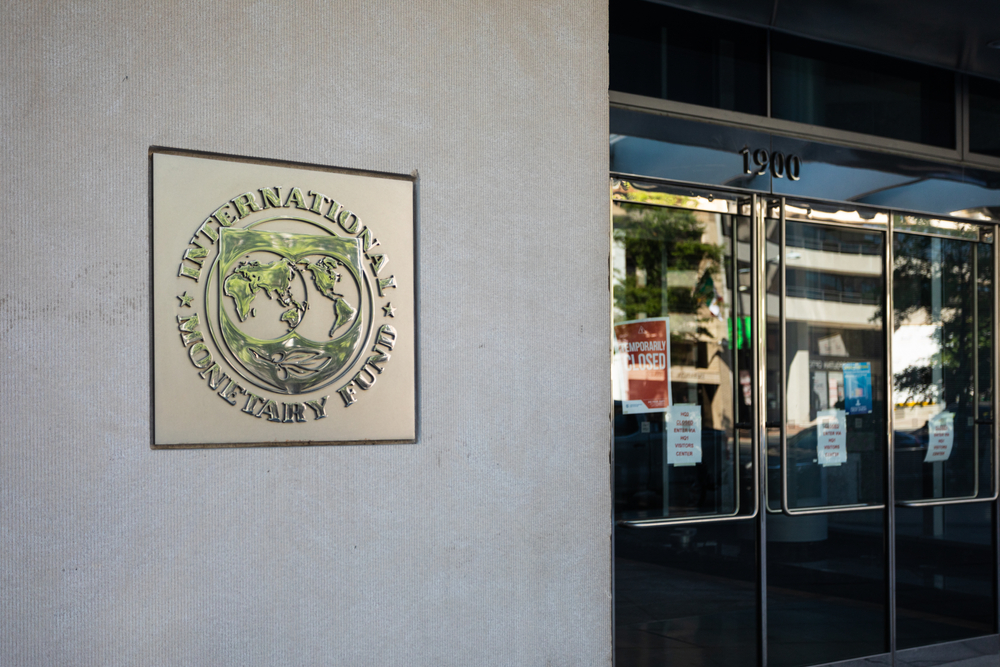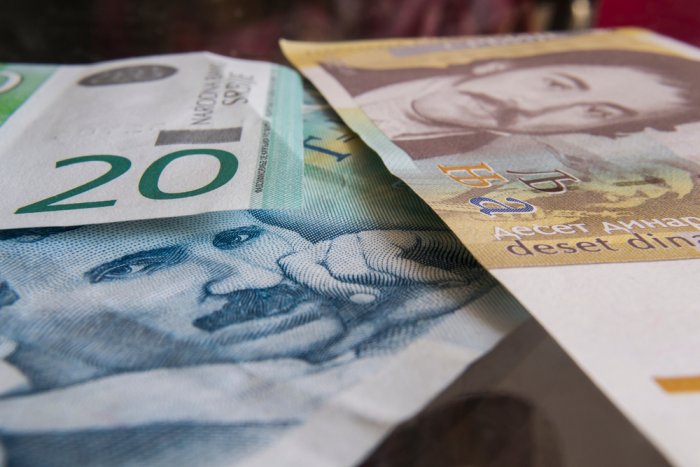Can the Fed Engineer a Soft Landing?

Does U.S. Secretary of the Treasury Janet Yellen have a blind spot when it comes to inflation? Photo by Alexandros Michailidis / Shutterstock.com
Photo by Alexandros Michailidis / Shutterstock.com
Corporate Finance columnist Les Nemethy looks at the tension between loose monetary policy and rising inflation and what that might mean for the future direction of the markets.
When Apollo 13 was re-entering earth’s atmosphere, a re-entry angle of fewer than 5.2 degrees would have seen the craft bounce off the atmosphere into space. With a re-entry angle of greater than 7.8 degrees, the craft would have burned up. There was only a 2.6-degree range of safety.
This analogy illustrates the challenge currently faced by the U.S. Federal Reserve. If it tightens too far too fast (for example, tapers the USD 120 billion monthly bond purchases and increases interest rates), stock and bond markets will crash; if it allows the current exceedingly loose monetary policy to prevail, inflation may careen out of control.
The Fed claims it will take a “data-driven” approach, taking its cues from the market. The market now expects tapering of bond purchases and increased interest rates. However, anything beyond a relatively minor increase in interest rates and the markets will push back (a process known as “tantrums”). The Fed may repeatedly try to tighten.
This bouncing back and forth will create volatility, but the result will likely be a continuation of inflation and negative real interest rates.
Most economists, and the market itself, are expecting inflation to diminish from the 6.8% annual rate announced on December 10, which was the highest inflation rate since 1982. There were specific base rate effects in 2020, and there are some strong deflationary forces at play today (for example, aging demographics and technological innovation).
That said, inflation may yet prove surprisingly stubborn for a number of reasons.
• The world faces a self-inflicted energy crisis. The goal of carbon neutrality has deterred energy majors from investing in future fossil energy supply while creating an inflationary spiral in commodities required for electrification. We face record oil and gas prices, which could go higher.
• Ammonia prices have roughly quadrupled in the last 18 months. This is the most critical input for agriculture. Substantial food inflation is virtually inevitable.
• The United States has reached full employment (11 million jobs going begging), leading to wage inflation.
• Various bottlenecks in the global economy (from container shipping to microchips) are likely to take years to resolve.
• The longer inflation prevails, the more inflationary expectations become embedded. We have perhaps already passed a tipping point.
There is no one in the United States with sufficient backbone to make the painful decisions necessary to curtail inflation in the manner of Paul Volcker, the American economist who served two terms as the 12th Chair of the Federal Reserve under U.S. presidents Jimmy Carter and Ronald Reagan, and who is widely credited with having ended the high levels of inflation seen in America during the 1970s and early 1980s.
• With Lael Brainard appointed as Fed Vice-Chair (confirmation pending), the Fed has tilted farther towards loose monetary policy.
• U.S. Secretary of the Treasury Janet Yellen (who was the 15th Fed Chair) seems to have a blind spot when it comes to inflation.
• A Democratically controlled Congress seems to believe in so-called Modern Monetary Policy (a theory justifying printing almost limitless amounts of money).
Skyrocketed
Even if a latter-day Volcker did exist today, debt levels are far higher than during his era. Global debt has skyrocketed to more than 365% of global GDP and is still rising. The U.S. Government must pay an additional USD 290 bln in interest costs for every percent increase in bond rates. In 2020, the U.S. Federal Government collected just over USD 3 trillion in taxes while spending almost USD 6.5 tln.
If the 10-year treasury bond rate would revert to 4-5% (as Jamie Dimon, CEO of JPMorgan, predicts), not only would that trigger an extra trillion in interest expenditures in the United States, but defaults would also be triggered on emerging market debt, junk bonds, etc. The U.S. Government could be heading towards a government debt/GDP ratio of 200% within 5-10 years. There is much incentive for the Fed to back off rate increases.
The pandemic has served as the trigger and excuse for exceedingly loose monetary policy, untargeted helicopter money to U.S. citizens, and lending guarantees to banks. The unprecedented uncertainty surrounding COVID mutations (think of the initial panic in response to the discovery of Omicron just a few weeks ago) makes planning the re-entry angle next to impossible.
U.S. President Joe Biden faces political heat from rising inflation; heat from a market collapse, recession or depression would be far greater. Continuation of inflation at 5-7%, with 10-year treasuries at 2-3%, would provide the enormous benefit of inflating away the national debt, a temptation difficult to resist.
Economist Russell Napier argues that government guarantees have encouraged significantly increased bank lending, a potentially much larger source of money supply increase than the Fed printing money, unlike the money printing during the 2008 crisis, which ended up in bank reserves, not increasing lending and money supply. Napier argues the Fed is becoming irrelevant.
The coming decade is likely to be characterized by inflation and negative real interest rates. Count on volatility!
Disclaimer: This article is for educational purposes only and must not be construed as investment advice. Investors should obtain their own financial advice.
Les Nemethy is CEO of Euro-Phoenix Financial Advisers Ltd. (www.europhoenix.com), a Central European corporate finance firm. He is a former World Banker, author of Business Exit Planning (www.businessexitplanningbook.com), and a previous president of the American Chamber of Commerce in Hungary.
This article was first published in the Budapest Business Journal print issue of December 17, 2021.
SUPPORT THE BUDAPEST BUSINESS JOURNAL
Producing journalism that is worthy of the name is a costly business. For 27 years, the publishers, editors and reporters of the Budapest Business Journal have striven to bring you business news that works, information that you can trust, that is factual, accurate and presented without fear or favor.
Newspaper organizations across the globe have struggled to find a business model that allows them to continue to excel, without compromising their ability to perform. Most recently, some have experimented with the idea of involving their most important stakeholders, their readers.
We would like to offer that same opportunity to our readers. We would like to invite you to help us deliver the quality business journalism you require. Hit our Support the BBJ button and you can choose the how much and how often you send us your contributions.








